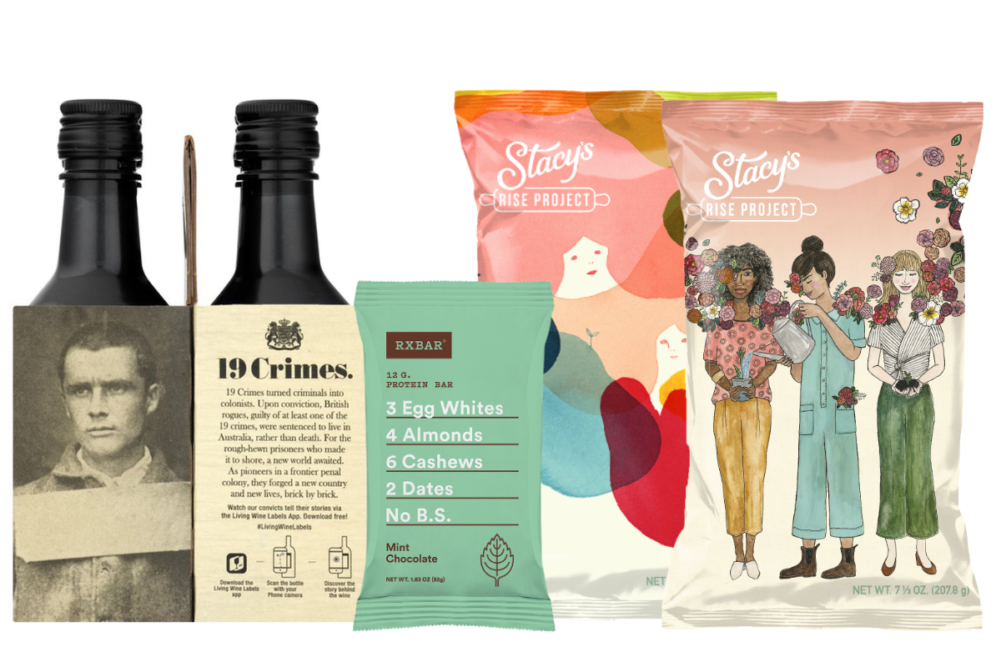
Drawing in consumers with packaging design
CHICAGO — The pressure to “innovate or die” drives constant product (re)development — but what about the package? Mindful shoppers now spend as much time analyzing what’s on pack as they do consuming what’s inside. As in-store sampling decreases and online retail grows, product imagery is increasingly becoming brands’ first opportunity to connect with consumers. The boldest brands are incorporating everything from augmented reality to gamification, replacing the in-store discovery experience — or are dropping the label altogether. This growing trend signals an opportunity for brands to redefine the box as a point of interaction and innovation, rather than simply a vessel for goods.
Impactful package design starts with defining the brand and thinking through “the why of the company’s vision,” said Scott English and Victor LaPorte, founders of the Scott & Victor branding and marketing agency. Building on their experience as creative directors at firms like Nintendo, Kellogg Co. and P&G, Mr. English and Mr. LaPorte now work with smaller clients more closely connected to their brands. S&V’s define-first approach informed the transformation of RXBAR, propelling the energy bar’s muted granola image to the industry-leading “No B.S.” health brand it is today.
Once the vision and direction are clear, brands may be tempted to list every certification on pack. However, the limited real estate means simple is better. To avoid falling prey to “classified ad syndrome,” brands should highlight their unique strengths. With customers rushing their in-store shopping, packaging gives brands a chance to recreate the experience of sampling and product discovery. The most successful designs dare to make “everything from patterns to packing tape into another form of expression,” according to S&V. Rather than following category trends, S&V recommends brands “be bold and go with the most audacious expression of self.”
For example, Australian brand 19 Crimes Wine produced an app that scans QR codes to animate its labels. Evian’s new label-less, 100% recycled water bottle emphasizes the firm’s commitment to sustainability.
The effectiveness of the labels relies on technical execution. All that hard work cultivating the brand can be undone by poor printing, misalignment, and a lack of polished completion, said Susan Gornell, brand design director at PepsiCo, Inc. Her successful launch of Stacy’s Pita Chips’ limited-edition packages illustrates how high-quality images and story can work together in package design. Sold exclusively online for women’s history month, each product sported an inspiring snapshot of a female entrepreneur’s journey.
Ultimately, this strategy made an emotional connection with customers and tapped into their values. As ethical shopping expands, brands should take this opportunity to feature their unique stories, whether they are women-led, minority-owned or are making a measurable social impact.
Equal parts messaging, technical design, art and immersive experience, packaging offers brands a chance to reengage disconnected consumers. There’s never been a bigger opportunity or need for entrepreneurs to express their passion and artistry on pack. As retail square footage continues to shrink, design will be integral to improving the shopping experience and influencing purchase decisions. Creative, stand-out packaging can reframe rushed in-store and click-through shopping into a captivating adventure worth discovering.
Natalie Shmulik is the chief executive officer of The Hatchery Chicago, a food and beverage incubator.
